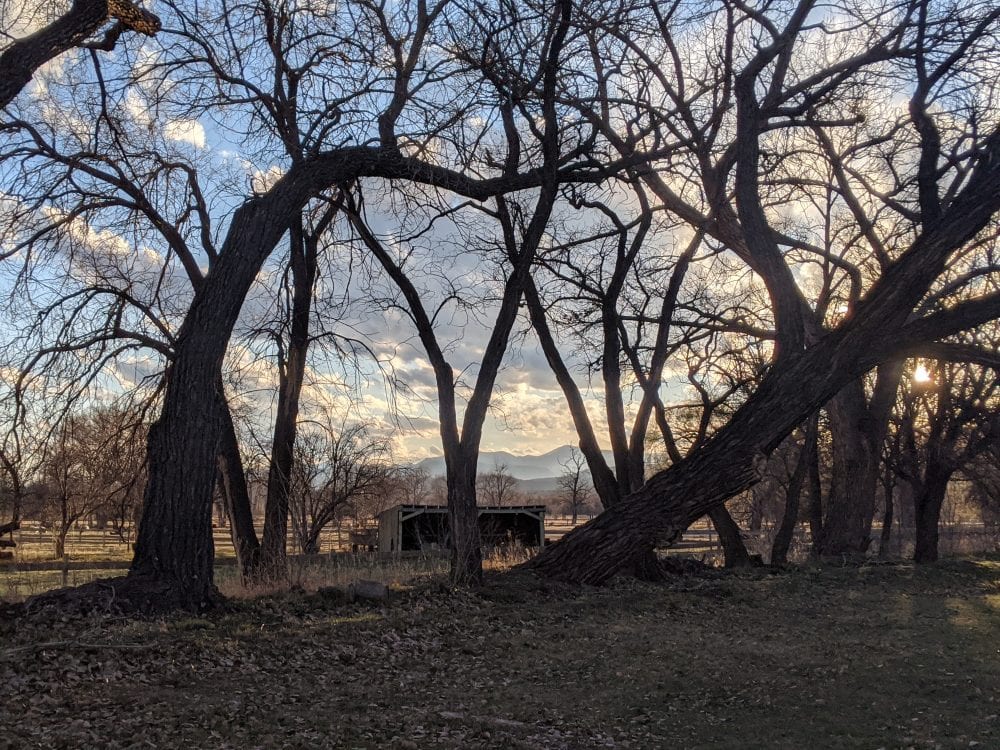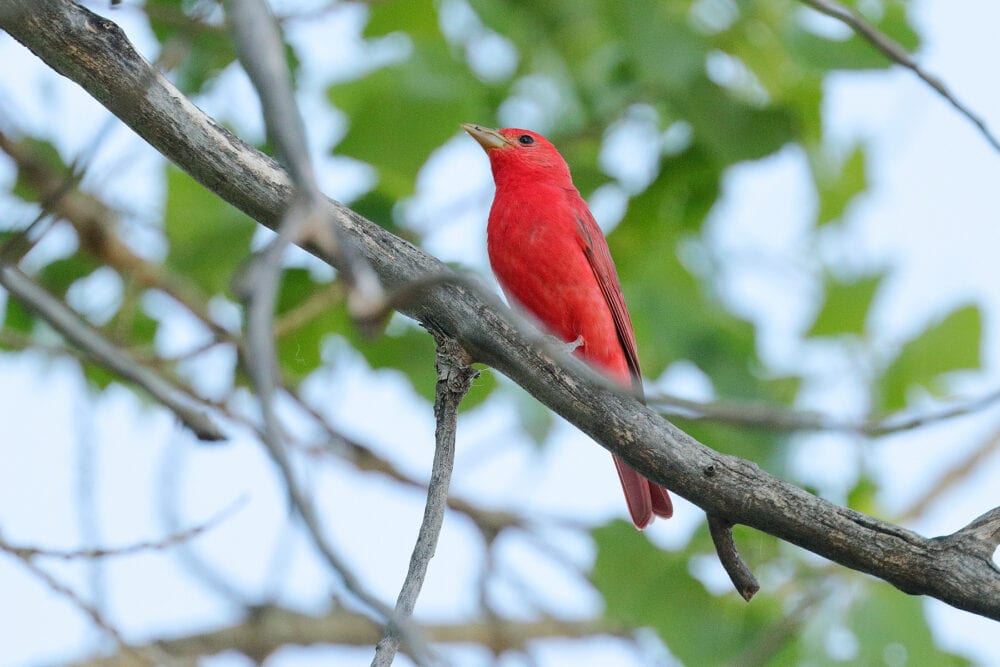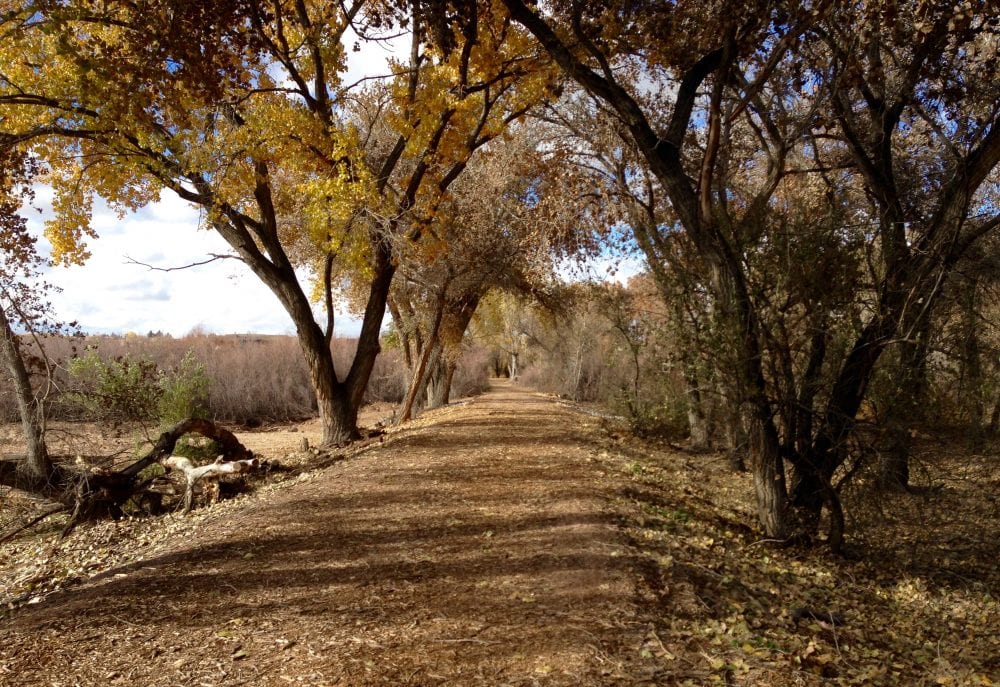
Welcome to week seven of Take It Outside! This week, we are focusing on the forests of Northern New Mexico. Different species of trees dominate at different elevations around our state, and this week, we will explore some of the forest types you can find on and around the Pajarito Plateau.
Whether or not you have the type of forest we are discussing near you, you should still be able to do each day’s activities. Today, we are learning about riparian areas dominated by cottonwood trees, also known by the Spanish word bosque! In Los Alamos County, you can hike down the Blue Dot or Red Dot trail to visit our riparian zone.
If you haven’t already, please share your feedback on Take It Outside with us by filling out this evaluation form.
Blog Post:
Riparian areas have the highest biodiversity of all biomes in New Mexico. Our friends at Los Luceros Historic Site in Alcalde prepared this lesson about the riparian area on their beautiful property on the banks of the Rio Grande. Click through the slides and photos to learn about the ecology of this area.
If you haven’t visited Los Luceros yet, be sure to check it out when they reopen!
Craft:
Many animals take advantage of the shade, clean water, and food available in our local riparian areas. The connections between different species help to balance populations and resource use.
Build your own web of life for the riparian areas in Northern New Mexico. Include some of your favorite water-loving species!
Cut pictures from magazines or draw pictures to use in this paper plate web. Connect the species with yarn to show who eats whom. How many different ways can you find to connect animals and plants?
Find PEEC’s instructions for this activity here.
Outdoor Challenge (Beginner):


Organisms play different roles in a food web. Producers (plants) use energy from the sun to make their own food. Consumers eat other living things, and decomposers eat dead things.
Pretend to be a producer and soak up the sun!
Pretend to be a consumer: what would you eat in the wild?
Pretend to be a decomposer: dig in plant litter on the ground to find things to eat.
Outdoor Challenge (Advanced):


With high biodiversity comes a complex food web! Go to an outdoor area near you, and look for the following:
- Producers (plants)
- Primary consumers (those that eat plants)
- Secondary or Tertiary consumers (those that eat things that eat plants)
- Decomposers (those break down dead matter)
Write or draw the producers, consumers, and decomposers you find in your nature journal or on a piece of paper, and start drawing lines between them to represent trophic relationships (who eats whom) between the various parts of the food web.
Other Resources:
- The Bosque Ecosystem Monitoring Program engages students and the public to monitor the health of the bosque ecosystem in Albuquerque and in many other areas around the state. Try their fun activity to monitor litterfall in your own backyard.
- Discover much more about the bosque ecosystem in the Bosque Education Guide from the New Mexico Museum of Natural History
Share Your Experience:
Tell us about the trees and forested areas near you! We’d love to see your photos, too. Please send them to takeitoutside@peecnature.org or share them on Facebook or Instagram with the hashtag #peectakeitoutside.
Join us tomorrow to explore piñon-juniper forests!
